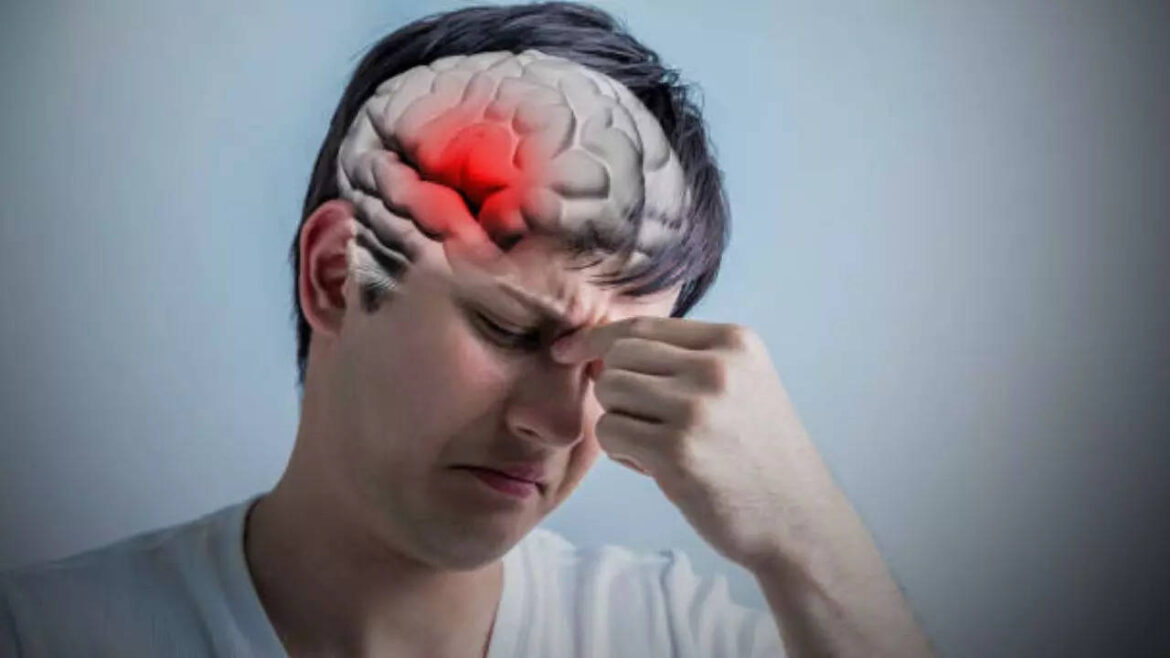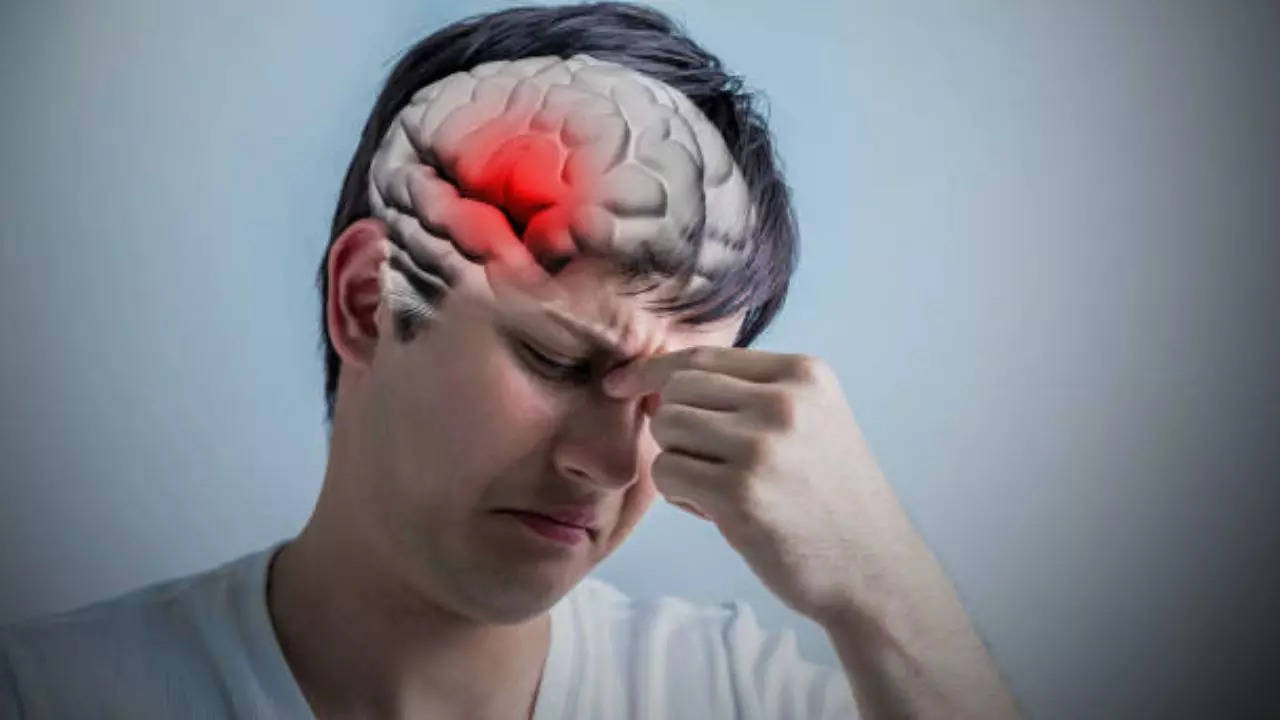
The prevalence of stroke today is influenced to a large extent by your lifestyle – which according to experts today is marred by unhealthy eating and sedentary conditions. And so, there is an increasing need to tackle this significant public health challenge with people at risk due to inadequate control of the modifiable risk factors.
Statistics say around 20 per cent of stroke victims are between the ages of 20- 55 years of age. Stroke – also known as a brain attack, is the fifth leading cause of death and the leading cause of adult disability across the world. Unfortunately, few people know what a stroke is and how to recognize when a stroke is happening.
And so, what medical professionals call the “Golden Hour” is highly effective when someone is having a stroke.
Related News | 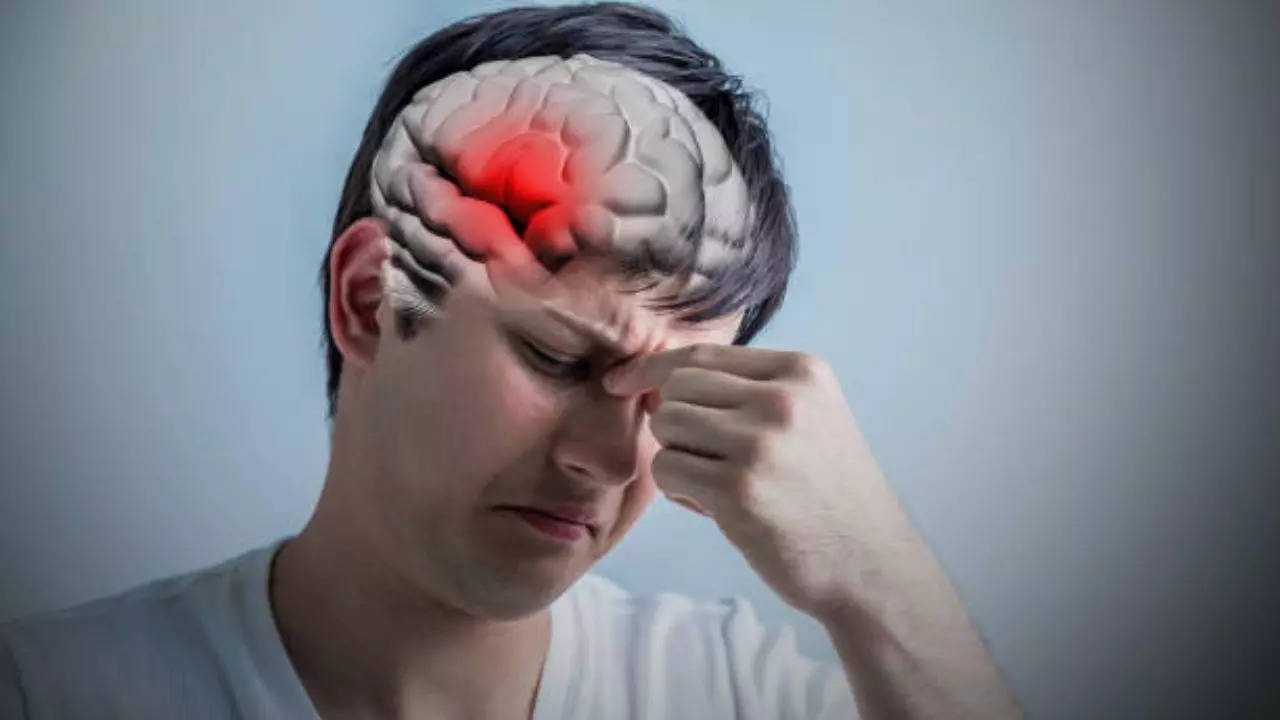
World Stroke Day 2024: Date, Theme, History And Significance Of The Day
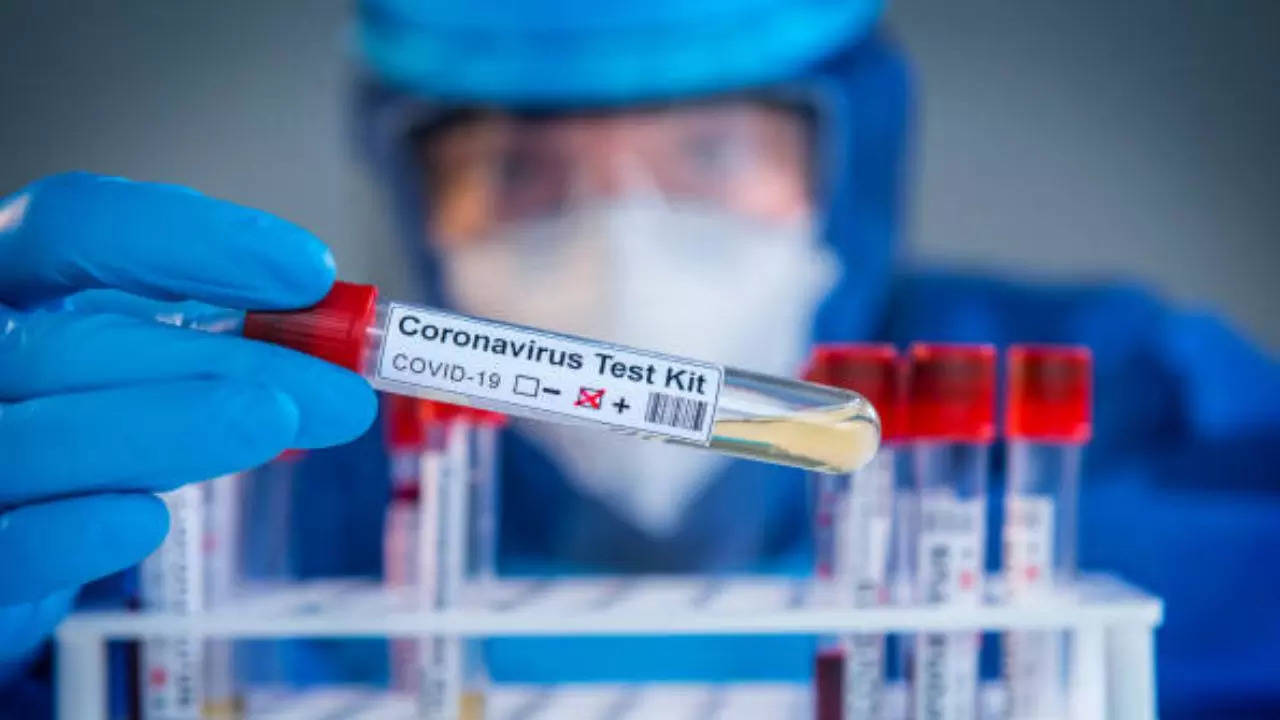
Doctors In India Face Challenges Treating Long Covid Due To Lack Of Adequate Research
What is the stroke golden hour?
According to experts, the most important step while responding to a case of stroke is keeping track of the "golden hour" – a time bracket of 60 minutes or less. Known as the door-to-treatment time of acute ischemic stroke treatment, this crucial time is paramount for the medical team to establish a focused diagnostic workup. The golden hour helps manage the diagnostic components from the minute the patient experiences the signs and symptoms of a stroke. It includes:
- Ten minutes for the patient to reach and be evaluated by the doctor in the emergency
- First 15-25 minutes for the CT scan to be performed
- At least 45-60 minutes for the treatment plan to be established and the initiation of required treatment.
Since the first hour of having a stroke is known to be the most crucial, doctors call it “golden” because it is this time when stroke patients have a high chance of survival and prevention of long-term brain damage if they receive medical treatment and drug therapy within the first 60 minutes of the onset of symptoms. Related News | 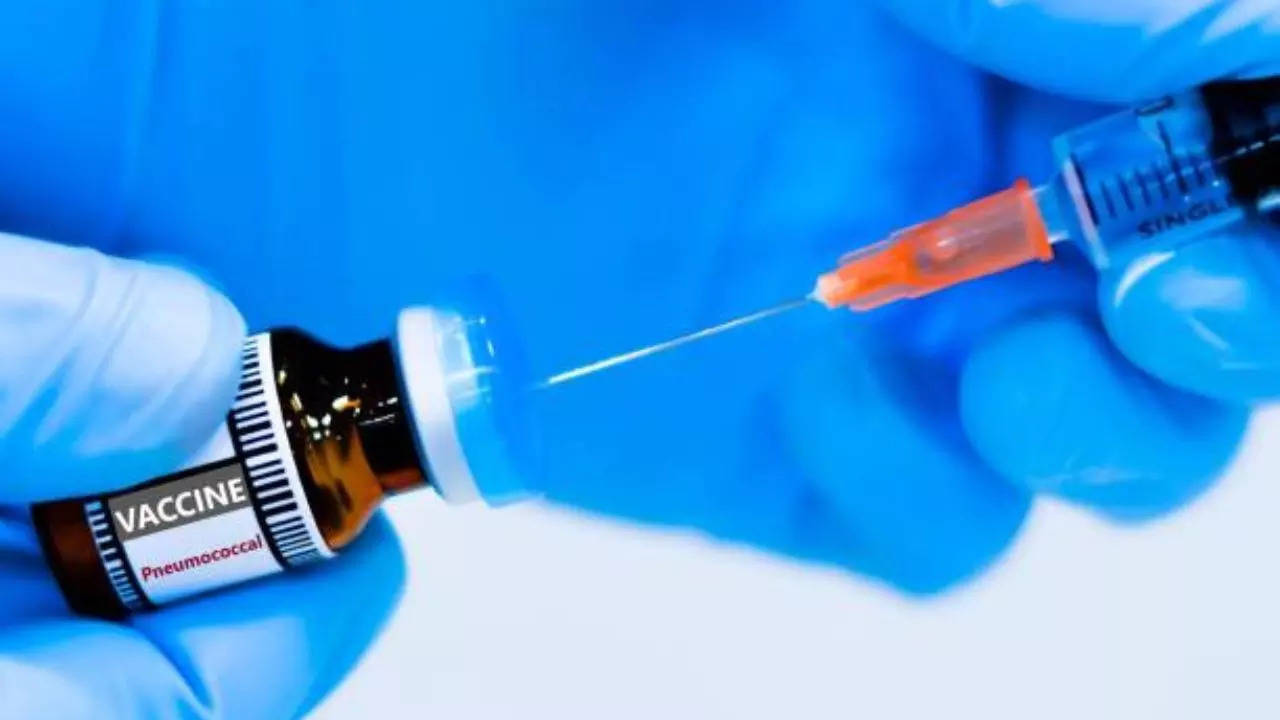
US CDC Recommends Lowering the Age for Pneumococcal Vaccination from 65 to 50 Years Old; Here's Why
A stroke deprives the brain tissue of oxygen, causing it to die in as little as four minutes after the onset of a stroke. The death of brain tissue is irreversible and permanent. Early identification and management can prevent long-term disability in almost all cases of stroke.
What are the signs and symptoms of a stroke?
The first signs of a stroke you can easily identify include:
- One-sided weakness or paralysis
- Difficulty with or loss of speaking ability
- Slurred speaking
- Loss of muscle control on one side of your face
- Sudden loss of senses like vision and hearing
- Blurred or double vision
- Loss of coordination
- Dizziness and vertigo
- Nausea and vomiting
- Neck stiffness
- Emotional instability and personality changes
- Confusion or agitation
- Seizures
- Memory loss
- Headaches
- Passing out
- Coma

